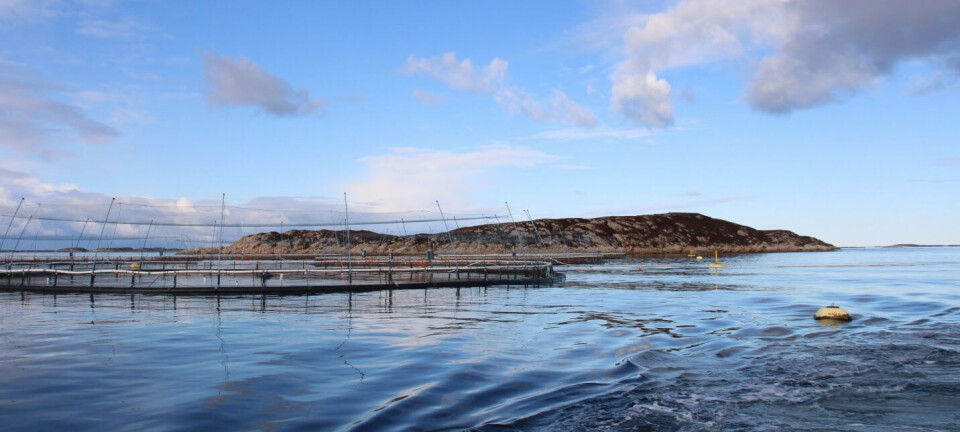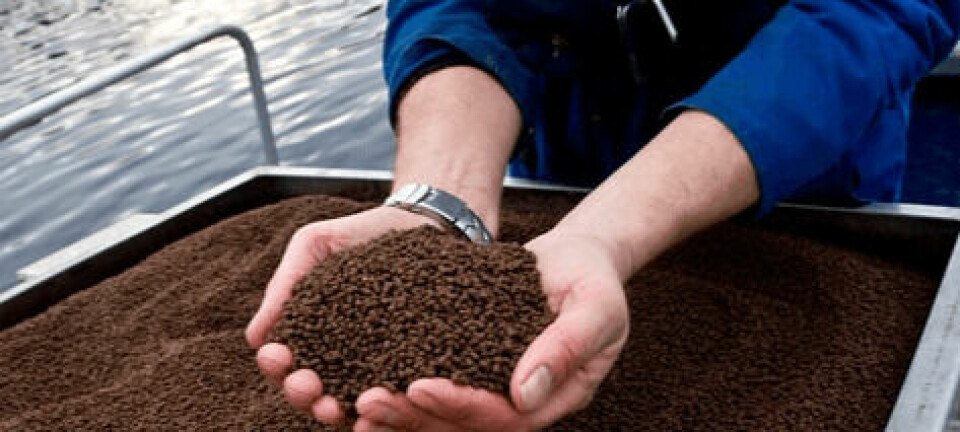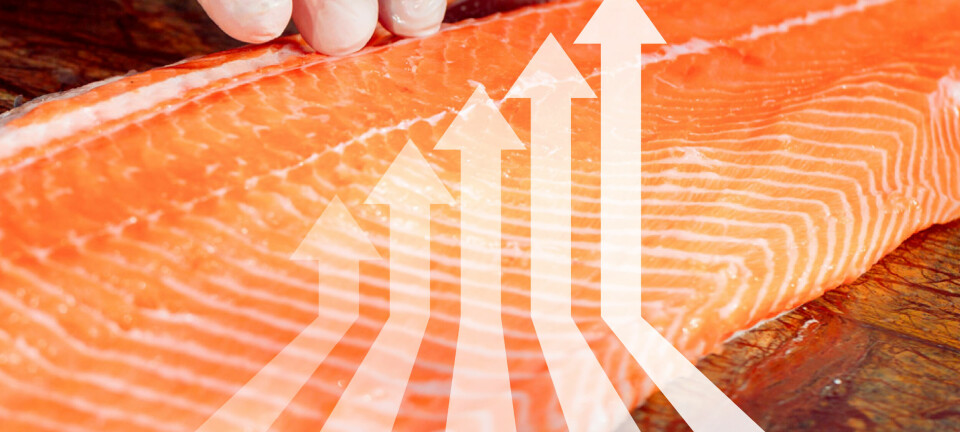Salmon farming more eco friendly than wild
Tor-Eddie Fossbakk The purpose of the NA article was to compare the use of fish resources consumed as feed in the two ecosystems, salmon farming in British Columbia and salmon ranching in the “common pastures” of the North Pacific. According to the article, BC salmon farmers introduced approximately 20 million smolt per year into the ocean, consuming about 155,000 tons of fish from the South Pacific to produce 75,000 tons of marketable products. During the same period, salmon ranching introduced 5 billion (average) smolt per year into the ocean, which consumed as much as 11 million tons of feed from the North Pacific to produce about 700,000 tons of products. Salmon ranching introduced 250 times as many smolt, consumed 70 times as much feed to produce less than 10 times the volume of marketable salmon. The author’s point is that whilst the salmon farming sector in BC has been “subjected to scrutiny, vilification, political opportunism and uncertainty, salmon ranching has been allowed to operate without constraints”. The heavily subsidized and far less efficient (in terms of feed conversion), ranching also creates intense competition for food to native wild salmon and is a real threat to the integrity of the gene pool of the wild fish. This takes place without any of the scrutiny and negative publicity that farmed salmon is experiencing.























































